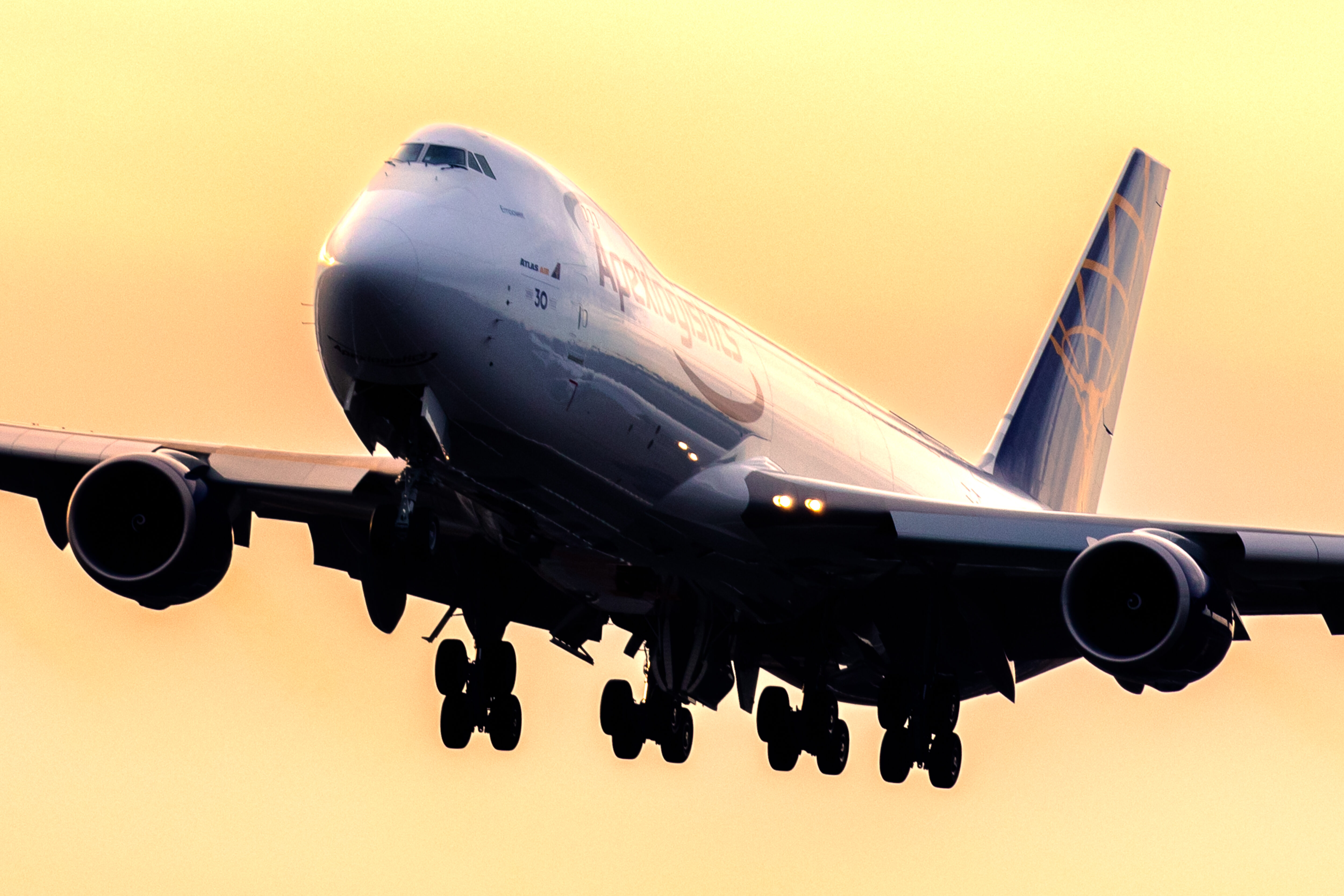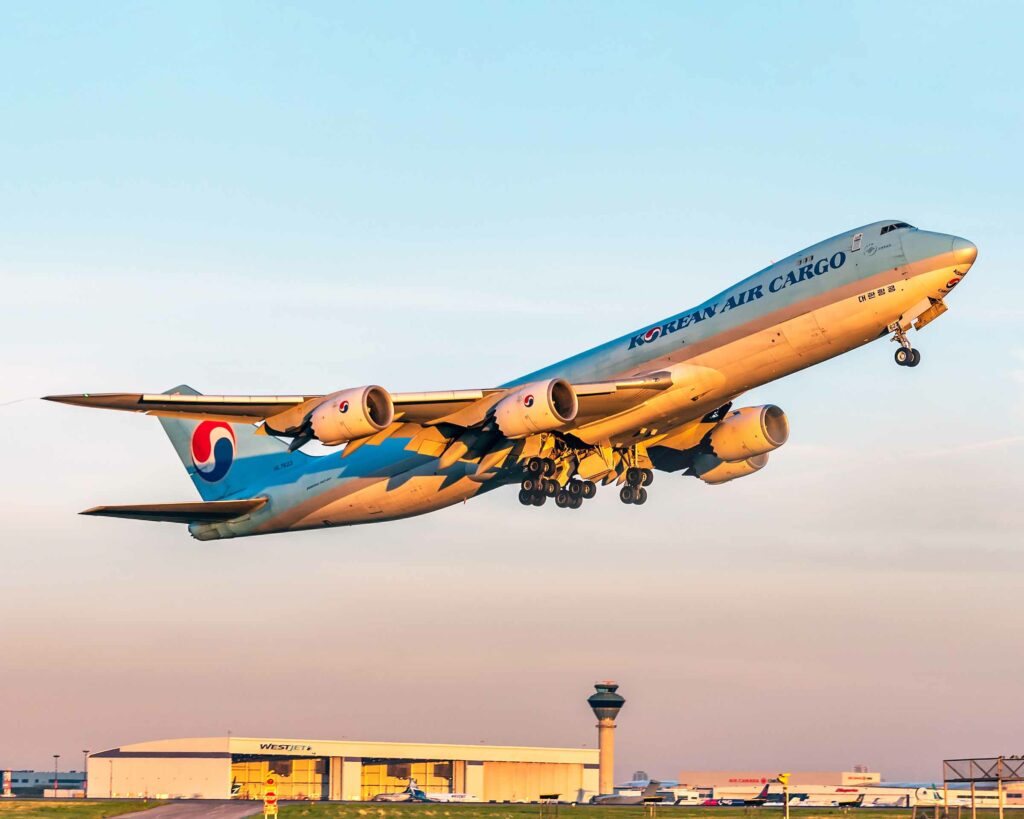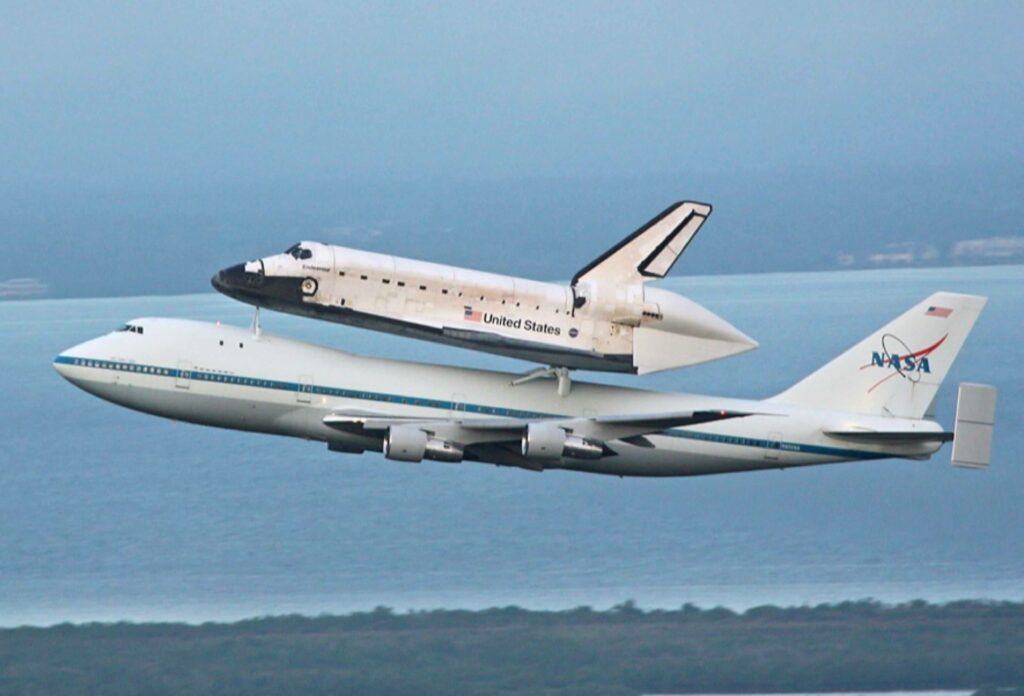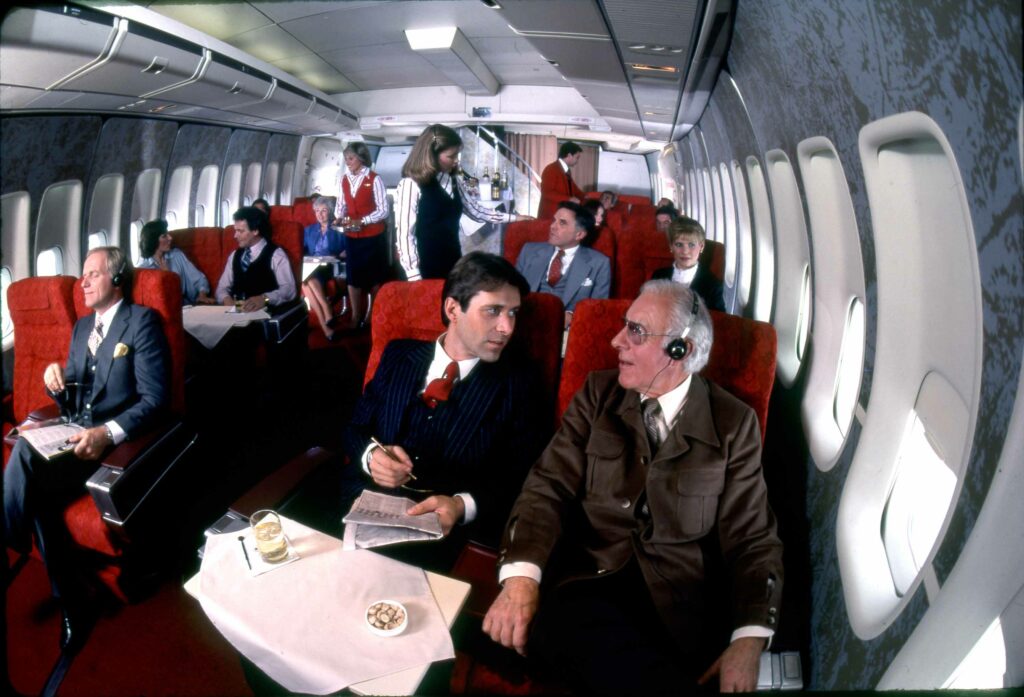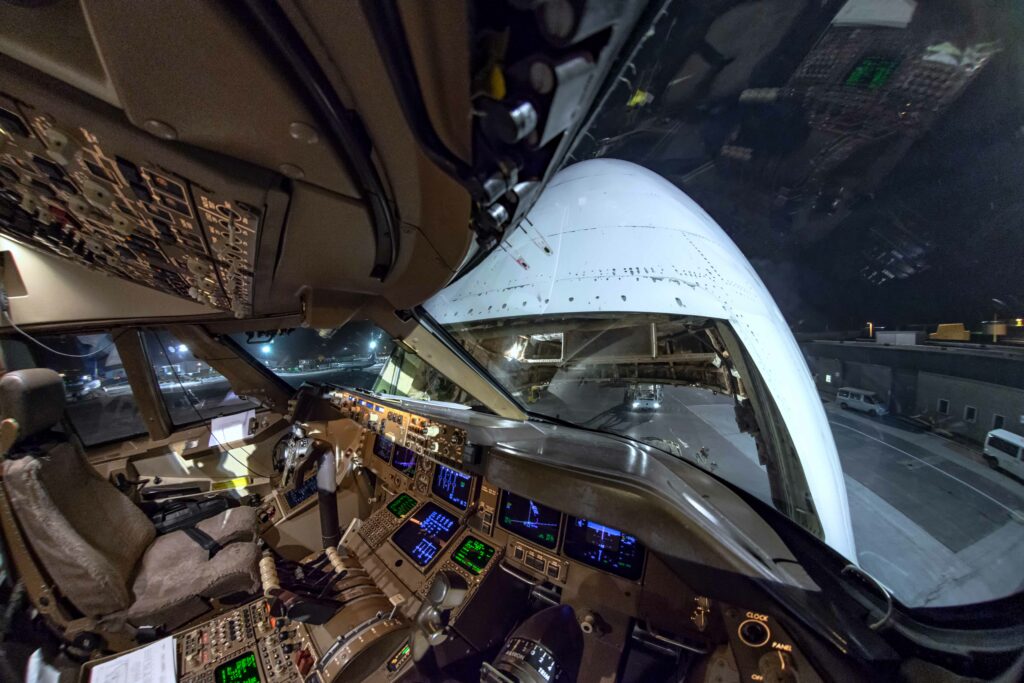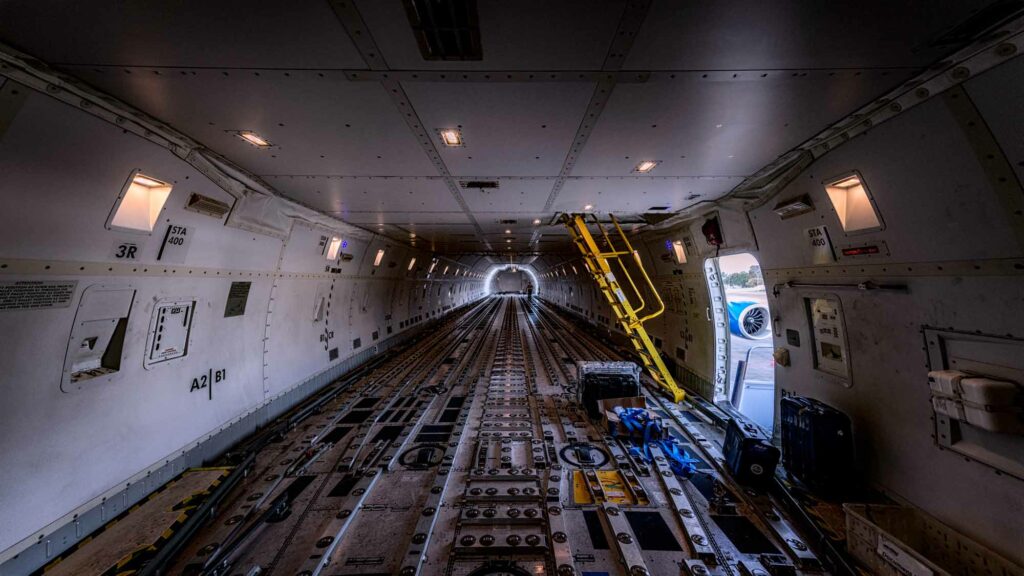Estimated reading time 15 minutes, 14 seconds.
The beginning of 2023 marked the end of production for what is arguably the most iconic and beloved airliner ever made. For over 50 years, the 747 has left millions of people in awe, as the giant “jumbo jet” revolutionized the air travel industry by opening up long-distance travel to the average person for a reasonable price.
Taking off on its maiden flight shortly before the first moon landings, the 747 became the first airliner that many people flew on. Although the aircraft remained in production for longer than most airlines typically exist, as the saying goes: all good things must come to an end.
Rising fuel costs and newer, more efficient aircraft types have forced major airlines to veer away from the 747. On average, fuel accounts for over 30 percent of an airline’s operating costs, and is one of the biggest operating expenses — in addition to labor. So, airlines are opting for more fuel-efficient planes, which has led to the increased popularity of twin-aisle and twin-engine aircraft like the 777 and 787.

Boeing rolled the last 747 — #1,574, registered as N863GT — off the assembly line in December 2022, and delivered the aircraft to its customer, Atlas Air Worldwide, on Jan. 31. Atlas Air is the world’s largest 747 operator, and took the last several of the type for its cargo fleet.
“We are honored to continue our long history of flying this iconic aircraft for our customers around the world,” said John Dietrich, president and CEO of Atlas Air. “Atlas Air was founded over 30 years ago with a single 747-200 converted freighter and, since then, we have spanned the globe operating nearly every fleet type of the 747. We are grateful to Boeing . . . for their partnership to ensure the continued success of the 747 program as we operate them for decades to come.”
On the final delivery day, Boeing held a ceremony at its Everett, Washington, factory to honor the workforce, customers, and partners who made the 747 such a world-changing success.
Thousands of current and former Boeing employees who worked on the 747 program, as well as past and present senior leaders, attended the ceremony, along with leaders from several companies who have operated the aircraft, like UPS and Lufthansa.
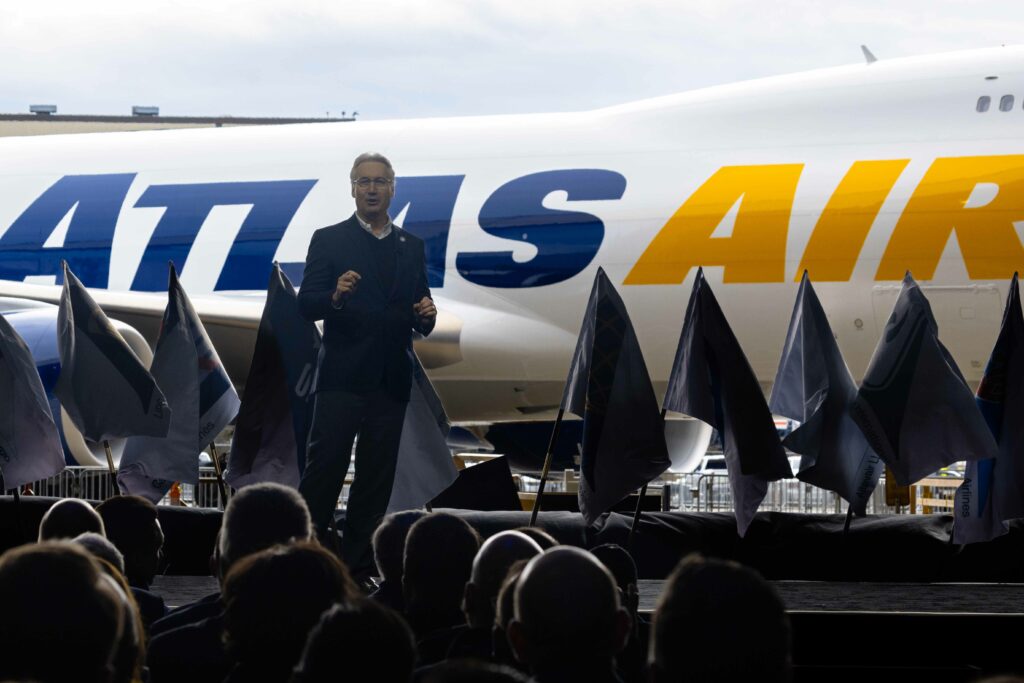
During the event, John Travolta — who has been a licensed pilot for decades — narrated a series of videos chronicling the 747’s iconic history, before thanking the workforce in person. He was met with cheers and applause, as everyone pulled out their smartphone cameras. Travolta called the 747 “the most well-thought-out and safest aircraft ever built.”
He added: “Even when you understand the science behind flight, there’s nothing like seeing a 747 take off to remind you that there’s also magic here. She’s a great airplane, and I’m looking forward to many years to come flying with her.”
Several members from the team of employees who built the very first 747 were in attendance, along with their families, and received special honor during the event. They are known as the “Incredibles.”
Atlas Air and Boeing placed a special tribute below the cockpit of the final 747 for the Incredibles — a portrait of Joe Sutter, known as the “father of the 747.” Sutter led the Incredibles, who together delivered a plane that would make history. For what was then the biggest plane in the world, the Incredibles built it in record time — 29 months from concept to rollout. When they started, they didn’t even have a proper facility to build the first plane in; they would build the plane in snowstorms while the building was being constructed around them.
“The impact of your work continues well beyond the production lines,” noted Atlas Air’s Dietrich. “It has fueled childhood dreams and career ambitions, while at the same time driving global economies and supply chains.”
Boeing’s head of communication for the 747, Brianna Jackson, added: “I can’t emphasize how big of a sense of employee pride there is with this airplane. There are people here who have worked on this for 40 years — their entire career. They love this airplane and want to see it to the end.”
Past to Present
Interestingly, the 747 was a huge gamble for Boeing in the beginning. In 1966, Juan Trippe, head of Pan American Airways (Pan Am), made a request to Bill Allen, head of Boeing, to build the largest airliner ever.
Trippe told Allen, “If you build it, I’ll buy it.” To which Allen replied, “If you buy it, I’ll build it.”
Boeing accepted the challenge — though it nearly bankrupted them. The idea was to build an airplane that would multiply the success of the company’s 707 airliner by adding more than twice as many passengers.

“The most challenging thing for my team was we had to understand how those big engines really worked,” recalled Ron Benchalink, one of the Incredibles who was an aerodynamicist working on the flight test side of the first 747. “It was the first time we had a fan engine like that and, as a result, we had to understand exactly what the performance of the plane really was in terms of fuel burn.
“It took a long time for us to understand how to separate out the drag and the fuel mileage from the fuel flow, which was all you could really measure in flight,” he added. “I did a lot of wind tunnel testing ahead of time; that gave us the drag. Pratt and Whitney thought they knew what the thrust was, so it should have worked pretty easily, but it did take some time.”
The first 747 made its inaugural flight on Feb. 9, 1969. One year later, the first commercial flight with Pan Am took off from New York to London. The aircraft was piloted by Capt Robert M. Weeks and Capt John Noland.

Soon after, other airlines placed orders for the 747, and it became a staple of international travel. At the time, a company wasn’t considered a major airline in the eyes of the public unless it was operating some 747 routes. The plane’s distinctive hump and seating in the upper deck made it easy to recognize, and became synonymous with high-class travel. Many travelers looked forward to a trip on the 747; some would fly on the aircraft just to experience it.
Even NASA found use for the double-decker Queen of the Skies, employing modified 747s to carry space shuttles between California and Florida for over 30 years. One of those planes is now on display at Johnson Space Center in Houston, Texas.
NASA also modified a 747 to carry a flying telescope to explore the universe in ways stationary telescopes on the ground could not. That plane, called SOFIA, flew its last science mission in the fall of 2022 — as NASA felt it had enough space telescopes operating. SOFIA is now on display at the Pima Air & Space Museum in Arizona.
Of course, the jumbo jet has also served as America’s Air Force One, flying six U.S. presidents over the years, and will continue in this role for many years to come.
Boeing is currently working on two new 747 Air Force One aircraft to deliver to the U.S. Air Force (technically called VC-25, as AF1 is only designated when a president is on board). However, those planes are extensively modified 747s from already produced airframes, built originally for Russian airline Transaero, which went bankrupt in 2015.
There are only about 40 passenger 747s still flying worldwide, as many airline operators have been retiring the jumbo jet over the last several years. Those still operating the type for passenger travel include Asiana Airlines, Mahan Air, Lufthansa, Korean Air, and Air China.
Lufthansa is the largest operator of the passenger version of the 747-8, with 19 in its current fleet and potential commitments to keep them flying for years to come.
“Our crews love the 747, our passengers love it, even plane spotters and photographers love it,” said Lufthansa CEO Carsten Spohr during Boeing’s ceremony in Everett. “It’s just so good looking! And that’s why we at Lufthansa are currently looking into another upgrade for our 747-8 in all classes, to fly this airplane way into the next decade. It’s something we are proud of, to represent this amazing airplane for many more years.”
However, the reality for most airlines today is that the jumbo jet costs too much to operate — when compared with newer options. An airline can save $100 million annually in fuel alone by switching to a newer, smaller, and more fuel-efficient plane.
The majority of 747s still flying today are for cargo, with over 300 747 freighters in operation. Remarkably, according to Boeing’s 2022 World Air Cargo Forecast, the global air cargo fleet is expected to grow by more than 60 percent over the next two decades.
Paying Tribute
Atlas Air took off with the last-built 747 on Feb. 1, 2023, departing Boeing’s factory at Paine Field, Washington, heading to Cincinnati, Ohio. The airport fire department gave the aircraft a water cannon salute before it took off; then, Atlas Air performed low fly-by salute to Boeing and the surrounding communities whose families made an aircraft that will never be forgotten.
Atlas Air had a second tribute in mind, too. The crew flew a flight path that drew a crown over eastern Washington, with the numbers “747” incorporated into the design. Thousands of people watched the flight path online via flight tracking websites and social media, sharing photos of the plane as it flew east and later landed in Cincinnati.
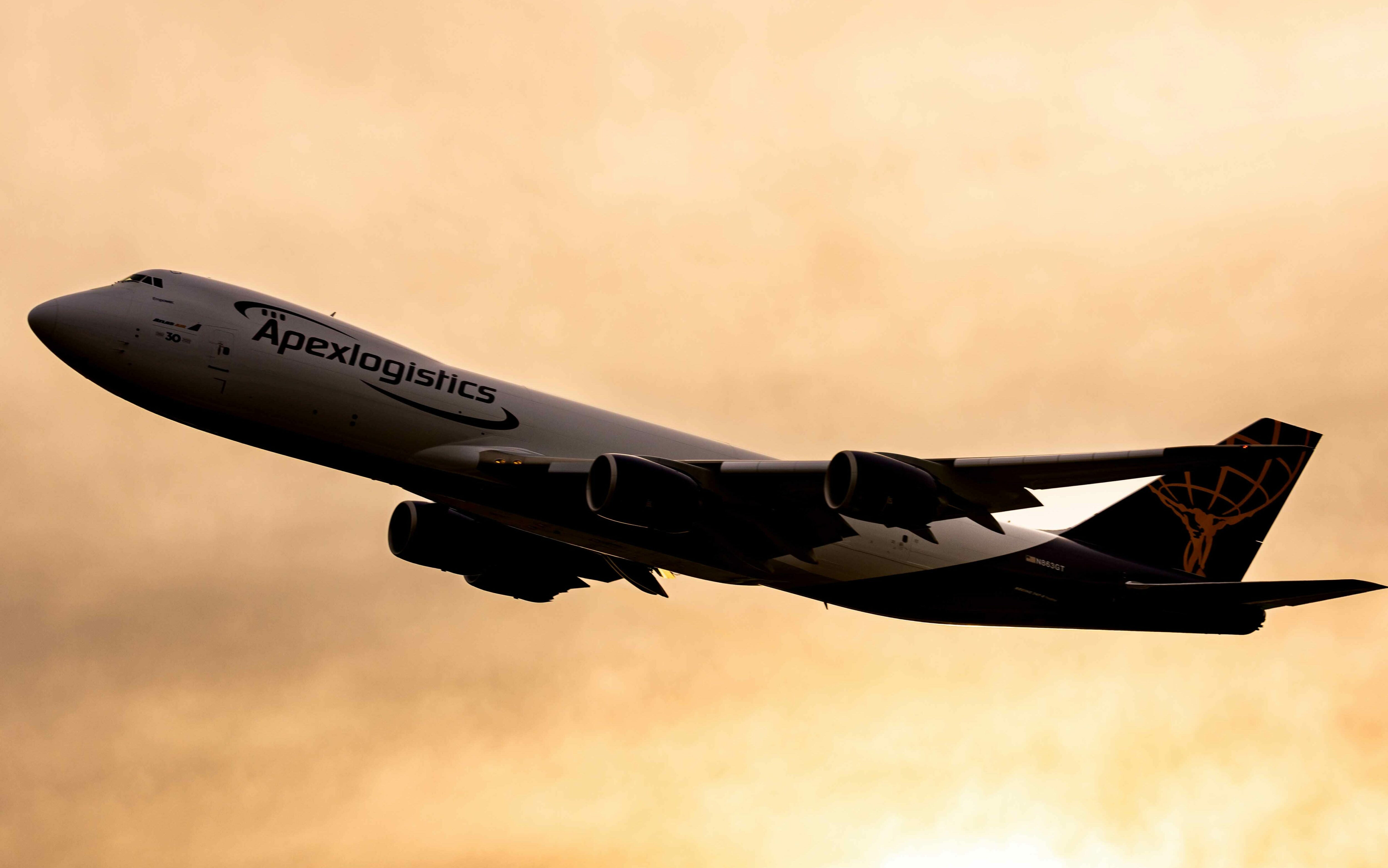
“The 747 will forever hold a special place in aviation history,” Stan Deal, president and CEO of Boeing Commercial Airplanes, told attendees during the ceremony in Everett. “Atlas Air began operations 28 years ago with a single 747, and it is fitting that they should receive the last — ensuring that the Queen of the Skies plays a significant role in the global air cargo market for decades to come.”
